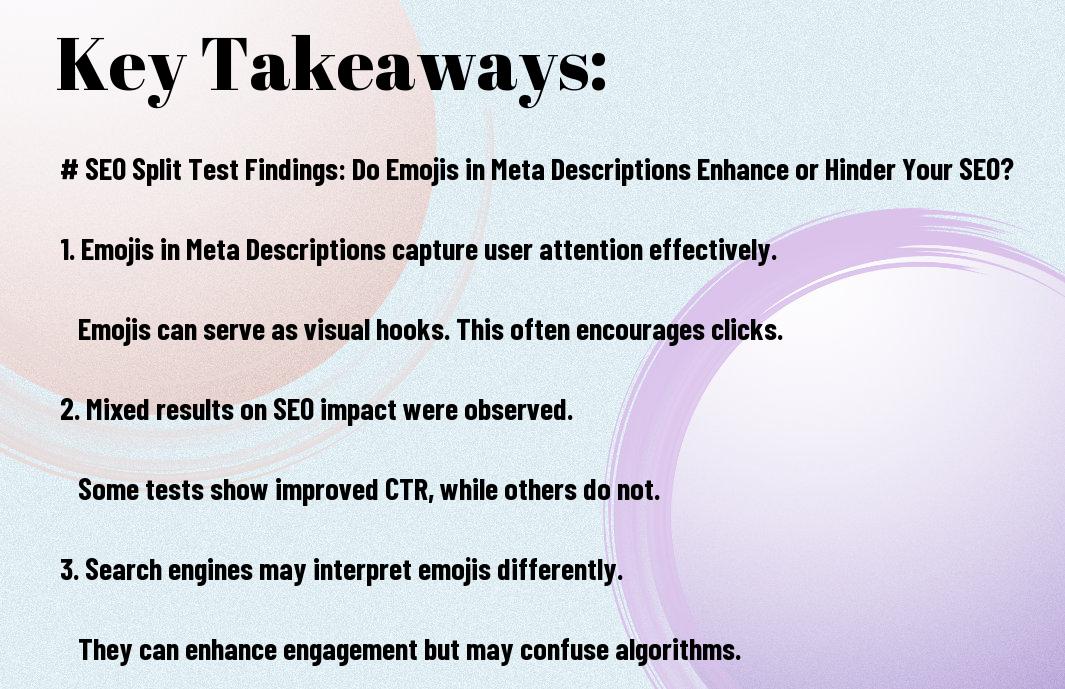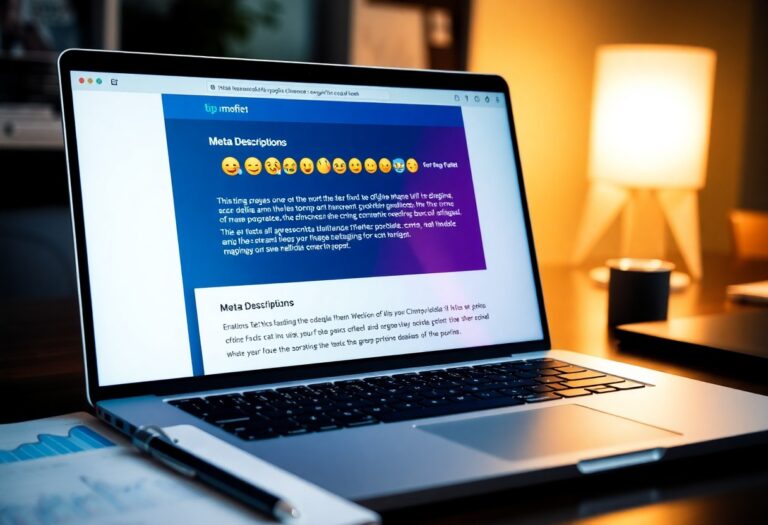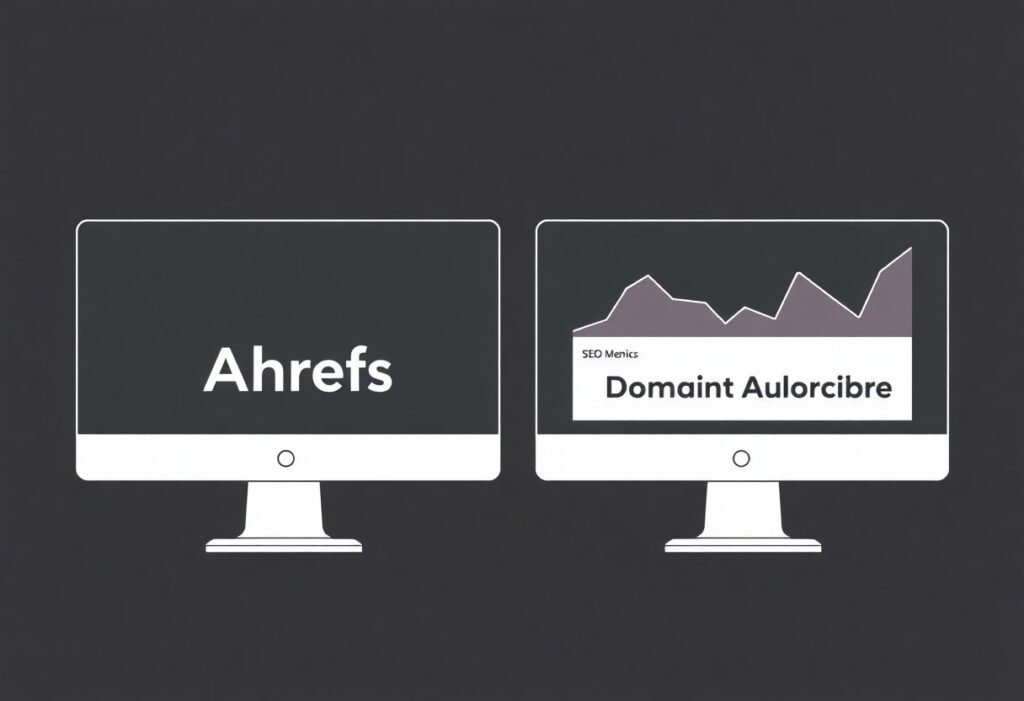SEO is an evolving landscape, and understanding the impact of Emojis in Meta Descriptions is vital for your online visibility. In this blog post, you will discover recent split test findings that reveal whether incorporating emojis can enhance your search engine optimization efforts or if they might actually hinder your SEO strategy. As SEO experts at Rank Authority, we utilized AI to analyze various test scenarios, providing you with actionable insights. Join us as we probe into the implications of using emojis, ensuring your content resonates well while maximizing your web ranking potential.


Understanding SEO and Meta Descriptions
For anyone looking to enhance their online visibility, understanding SEO and meta descriptions is imperative. SEO, or Search Engine Optimization, involves various techniques that aim to improve the ranking of a website on search engines. Your meta descriptions play a pivotal role in this process, as they help search engines and users alike to understand the content of your webpage. With the increasing popularity of Emojis in Meta Descriptions, it’s vital to explore their impact on your SEO strategy.
Definition of SEO
Descriptions serve as a roadmap for how search engines and users interact with your content. Consequently, utilizing effective SEO strategies helps you attract traffic, improve rankings, and engage with your audience. Through practices like keyword research and link building, your website can gain authority and relevance, ultimately driving more organic traffic.
Role of Meta Descriptions in SEO
The role of meta descriptions in SEO is significant, as they summarize your webpage content for search results. A well-crafted meta description can increase your click-through rate, drawing more visitors to your site. While you may wonder about the effectiveness of Emojis in Meta Descriptions, they can provide a unique touch that sets your listing apart from competitors.
But you should remain cautious; not every audience might respond positively to the use of Emojis in Meta Descriptions. Some may find them engaging and eye-catching, while others might see them as unprofessional or distracting. This is why it’s imperative to test their effectiveness on your target audience. Ultimately, ensuring that your meta descriptions are clear and relevant is your priority at Rank Authority, as that is key to optimizing your site’s SEO performance.
The Appeal of Emojis in Marketing
While the digital landscape continuously evolves, your marketing strategies should adapt too. Emojis in Meta Descriptions stand out as a vibrant tool in your SEO arsenal. They can encapsulate emotions, create connections, and draw attention to your content. With the right use of emojis, you can elevate your brand’s visibility, making it more engaging for your audience. The question remains: do they enhance or hinder your SEO? Understanding their true potential is important for your online success.
Emotional Engagement
Emojis can convey emotions in ways that text alone cannot. They add a layer of personalization and relatability to your messaging. By incorporating your desired emojis, you evoke feelings like joy, surprise, or curiosity, enhancing emotional resonance. Consequently, this may drive higher click-through rates as your audience connects on a more personal level.
Visual Attraction
Along with emotional engagement, visual appeal plays a significant role in capturing attention. Emojis in Meta Descriptions serve as visual cues that draw the eye, compelling users to pause and take notice. They break up text and add color to otherwise mundane snippets, making your content stand out in search results.
Plus, the human brain processes images faster than text, which makes emojis an effective way to communicate your message rapidly. They can help convey your brand’s tone and personality, helping you create a memorable first impression. By utilizing emojis thoughtfully, you can make your meta descriptions more inviting and appealing, ultimately leading to improved user experience and engagement on your website, a focus at Rank Authority.
Analyzing the Impact of Emojis on Meta Descriptions
Despite the growing buzz around Emojis in Meta Descriptions, their effectiveness remains a topic of investigation. Specifically, you may wonder if they enhance readability and attract more clicks or if they detract from the professionalism of your SEO strategy. Various studies have shown differing opinions, implying that the audience’s reaction can vary. Hence, a deeper analysis of their impact is necessary for informed decisions.
User Behavior and Click-Through Rates
ClickThrough rates are the key metric when assessing the effectiveness of Emojis in Meta Descriptions. Studies indicate that when relevant emojis are employed, users are more likely to click your link. This increased engagement could translate into higher traffic and potential conversions, bolstering your SEO efforts. However, contextual clarity must be maintained, as inappropriate emoji usage could undermine your message.
Case Studies and Research Findings
Analyzing various case studies sheds light on the performance of Emojis in Meta Descriptions. You might find these findings illuminating:
- A marketing firm observed a 10% increase in click-through rates after adding emojis to their meta descriptions.
- A prominent e-commerce website reported a 15% rise in visibility when emojis were tested in their snippets.
- Research by a digital marketing agency showed that 35% of users were more likely to click on search results featuring Emojis in Meta Descriptions.
In fact, these numbers suggest that Emojis in Meta Descriptions not only catch the eye but also significantly influence user behavior. As you consider their utility, think about your target demographic’s preferences and how Emojis may align with your brand identity. The implications are broad, as employing emojis effectively could enhance your overall SEO strategy, giving you a competitive edge. Keeping track of such data may ultimately inform your ongoing marketing decisions, especially through Rank Authority’s AI-driven insights.

Potential Drawbacks of Using Emojis in Meta Descriptions
All these benefits of using Emojis in Meta Descriptions come with potential drawbacks that could affect your SEO strategy. For instance, you should consider whether incorporating emojis might detract from the clarity or professionalism of your content. When misused, emojis can create confusion or appear gimmicky, potentially undermining the serious tone of your brand.
Professionalism and Brand Perception
Along with enhancing visibility, you must also evaluate how emojis can affect your brand’s professionalism. If your target audience consists of corporate clients or industries that value traditional communication, using emojis might not resonate well with them. Thus, it is crucial to maintain a balance between creativity and brand perception.
Impact on Search Engine Algorithms
Potential shifts in search engine algorithms could pose a risk when using emojis in Meta Descriptions. Search engines evolve continuously, and your strategy should adapt accordingly. While currently, some algorithms may recognize and index emojis effectively, it’s uncertain how these changes will affect rankings in the future.
Professionalism is paramount when considering the impact of Emojis in Meta Descriptions on search engine algorithms. You want to ensure your website ranks well and is presented appropriately to your audience. Although emojis can appeal to users and increase click-through rates, they may confuse search engines, leading to potential misinterpretations of your content. Therefore, testing different approaches is advisable to assess what works best for your niche while aligning with best practices in SEO at Rank Authority.

Best Practices for Using Emojis in Meta Descriptions
Many businesses are exploring the impact of Emojis in Meta Descriptions on their SEO performance. To effectively use emojis, ensure they align with your brand voice and the message you want to convey. For clarity, select emojis that enhance your descriptions rather than distract from your content. Importantly, you should also consider your target audience’s preferences to ensure your use of emojis resonates with them. Balancing creativity and professionalism will help you stand out while maintaining your brand’s integrity.
When to Use Emojis
With the right context, inserting Emojis in Meta Descriptions can make your content more engaging. They are particularly effective when your audience relates positively to them or when they’re consistent with current trends. Use emojis that have clear associations with your message, enhancing user experience and click-through rates. However, be thoughtful; overusing them may dilute your content’s professionalism.
Testing and Optimization Strategies
Using a data-driven approach, you can assess the performance of Emojis in Meta Descriptions. A/B testing is key; you should try different versions of your meta descriptions—one with emojis and one without. Analyze metrics like click-through rates (CTR) and engagement levels to determine the impact of your decisions. Implementing continuous optimization strategies ensures that you can refine your use of emojis based on user behavior.
Understanding the effects of Emojis in Meta Descriptions is vital for your SEO strategy. As you run A/B tests, pay attention to how various emojis resonate with your audience. Gather insights from analytics tools to assess performance, and don’t hesitate to make adjustments based on your findings. Developing a systematic approach to testing will enhance your understanding of when and how to use Emojis effectively, ultimately improving your visibility online. At Rank Authority, we leverage AI to help you optimize your SEO efforts for better results.
Alternative Strategies to Enhance Meta Descriptions
After exploring the impact of emojis in meta descriptions, it’s vital to consider alternative strategies that can further improve your SEO. While incorporating emojis may yield mixed results, focusing on key elements such as keyword optimization and compelling call-to-actions will ensure your meta descriptions are engaging and effective. By utilizing these techniques, you can maximize your chances of boosting click-through rates and enhancing your website’s visibility on search engines. Following best practices laid out by Rank Authority, your site can achieve better positioning in search results.
Keyword Optimization
With effective keyword optimization, you can enhance your meta descriptions, making them more relevant to search queries. It’s vital to identify the right keywords that resonate with your target audience. Incorporating these keywords naturally within your description helps improve search visibility while ensuring you appeal to user intent. Tools like Google Keyword Planner can assist in revealing popular search terms in your niche, allowing you to refine your meta descriptions accordingly.
Compelling Call-to-Actions
Above all, including compelling call-to-actions (CTAs) in your meta descriptions can significantly increase click-through rates. You want to provoke curiosity and prompt potential visitors to take action. Phrases such as “Discover more,” “Join us today,” or “Learn the secrets behind…” can create a sense of urgency and interest, enticing users to click on your link instead of others. When designed effectively, CTAs can transform your meta descriptions into powerful marketing tools.
CalltoActions are vital in driving engagement and encouraging users to visit your site. By integrating persuasive language and highlighting a clear benefit, you can enhance the effectiveness of your meta descriptions. Think about what makes your content unique and include that in your CTA. By doing so, you’ll not only catch users’ attention but also provide them with a reason to choose your website over competitors, leading to increased traffic and improved SEO performance with Rank Authority.
Conclusion
Upon reflecting on the findings from the SEO split test regarding Emojis in Meta Descriptions, you can conclude that incorporating emojis can enhance your search visibility when used judiciously. While they may grab attention, it is vital to consider your target audience and the context of your content. Emojis can effectively increase click-through rates, but overuse might hinder clarity. Therefore, your approach should blend creativity with clarity, aligning with SEO best practices. For optimal results in your SEO strategy, partnering with experts like Rank Authority can provide valuable insights tailored to boost your online presence.













